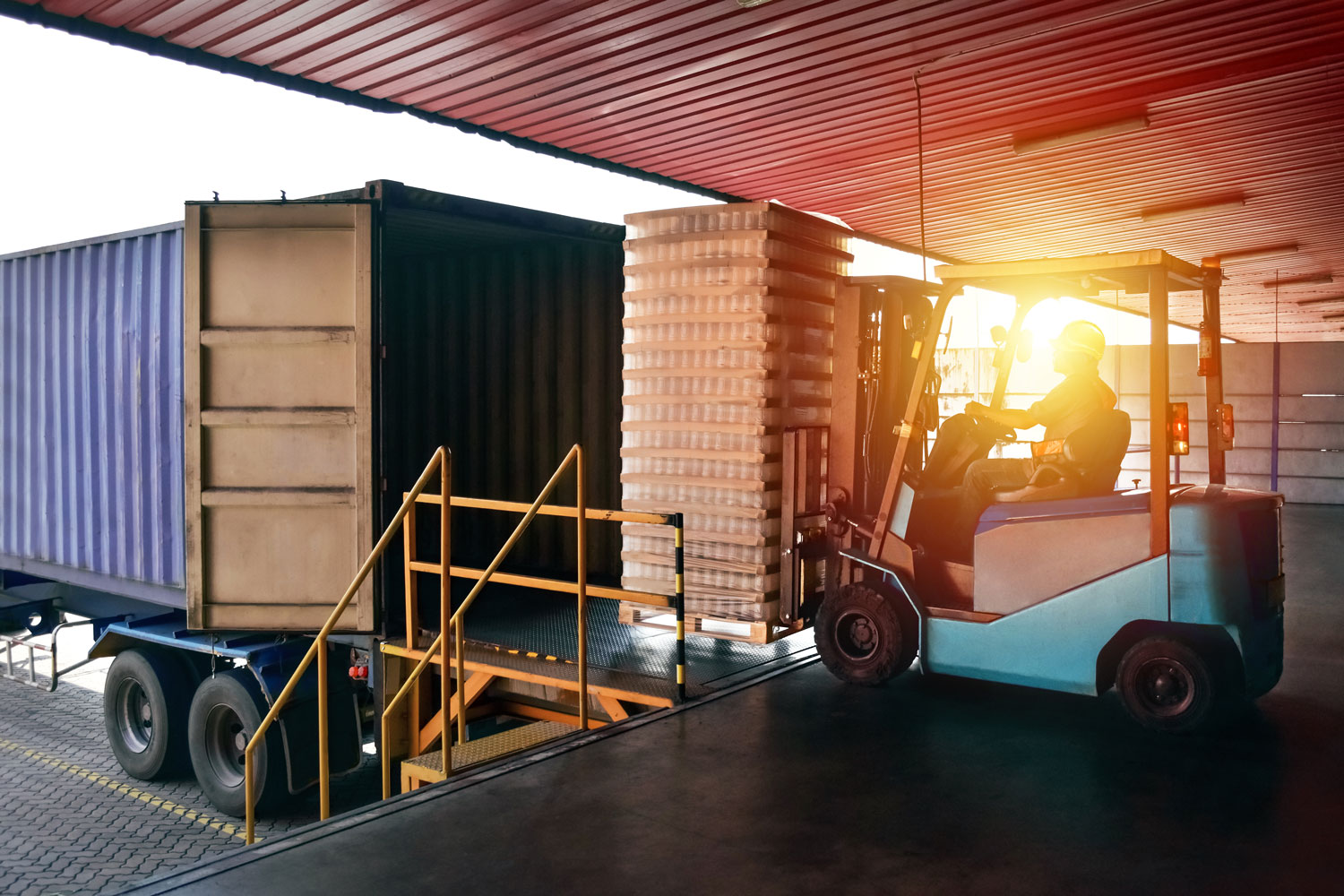Everything You Need to Know About Live Unloading

The Port of Houston is the sixth-largest container port in the United States. Every day, thousands of gate transactions occur at the port’s container terminals. Between Houston’s established port and its growing warehousing presence, the region is becoming a hot spot for national and international deliveries.
As truckers connect the port’s incoming containers with buyers across the country, efficient unloading is key to minimizing downtime in the supply chain process. Live unloading can reduce risk to a business’s products and bottom line when effectively managed.
Here are answers to some of the most frequently asked questions about live unloading.
What is live unloading?
Live unloading means that the warehousing personnel will empty the container of its contents while the driver waits on site. When the unloading is complete, the trucker will return the now-cleared container to a container yard or continue on to the next route.
How long does it take to live-unload a container?
The efficiency of the live-unloading process depends on several factors, starting with the cargo, warehousing equipment and on-site staff. If a warehouse has forklifts available, experienced staff can unload palletized cargo in less than an hour on average. However, loose cargo of varying shapes and sizes can take four hours for a typical 800-unit container, and nonstandard cargo can consume an entire day.
The goal of live unloading is to empty the container within two hours. If it takes two hours or less, most drivers will wait without charging for the unloading time. If it takes any longer, there could be steep fees based on the driver’s prorated hourly rates.
When should you consider live unloading?
Live unloading can be time- and cost-effective if the cargo is low in volume and the warehouse has a forklift ready. A live-unloading strategy is also beneficial if the container consists of fragile items that need extra supervision or highly valuable items that need in-depth inspection. Perishable goods that need to be off-loaded immediately may require a detailed live-unloading plan to maximize efficiency.
How should warehouses prepare for a live unload?
A live unload needs to be scheduled far in advance so the driver and warehouse can plan accordingly. The warehouse should ensure that it has the necessary equipment and staff to finish unloading in less than two hours and plan the unload to occur when there won’t be too much congestion in the warehouse or surrounding areas.
Typically, tilt-try or side-loading trucks will transport containers from a port to the next destination, so the warehouse will need plenty of space to accommodate the delivery. In addition to a forklift, the warehouse should have a ramp and level surface for the unloading process. Battery-powered lights can help staff better see the cargo if the delivery will happen in the early morning or late night.
What are other unloading options?
A drop is when a driver deposits the container at the warehouse and then leaves immediately. Within 48 hours of the cargo being unloaded, the driver will return to pick up the empty container. A drop may work best if the container consists of mostly loose cartons that will take significant time to unload.
Similarly, a drop-and-hook means the trucker will leave the container for unloading but pick up another empty container before exiting the site. A drop-and-hook may be the most cost-efficient option for unstandardized cargo because the driver can immediately proceed to their next destination.
How can a third-party-logistics (3PL) partner drive efficiencies in the live-unload process?
Third-party-logistics providers (3PL) are experts in driving efficiencies within warehousing processes. They know how to organize the warehouse, schedules and personnel to ensure live unloads go off without a hitch. A 3PL can minimize risk to products and the company’s bottom line by reducing truck-waiting fees and maximizing warehousing space.
For decades, Armstrong — Houston has streamlined warehousing and logistics processes for growing companies, allowing busy business leaders to turn their attention back to their businesses. Leverage Armstrong – Houston’s convenient access to the largest port on the Gulf Coast to quickly connect your international markets with domestic buyers. Get started today by calling 281.897.1118 or requesting a free quote online.
